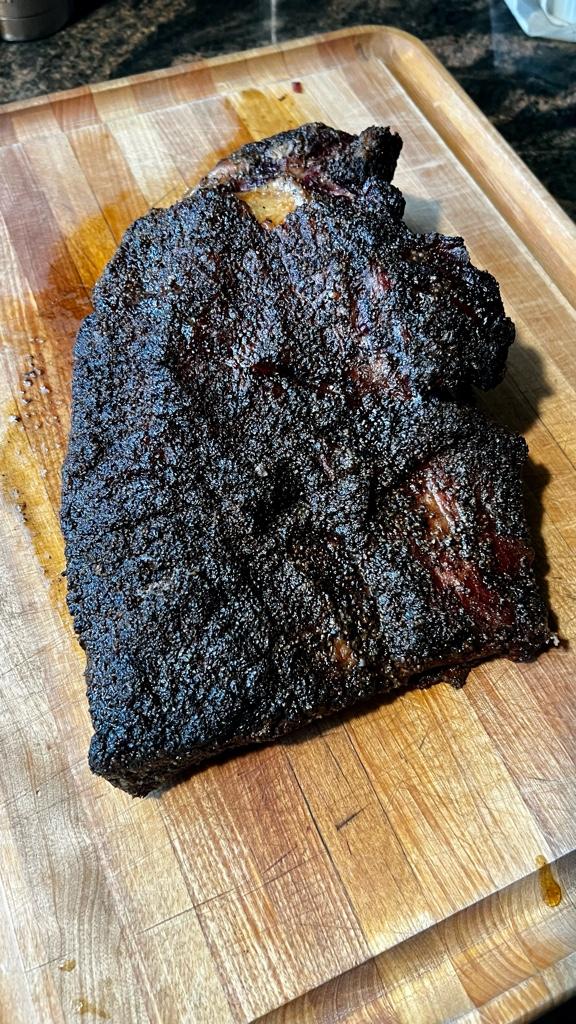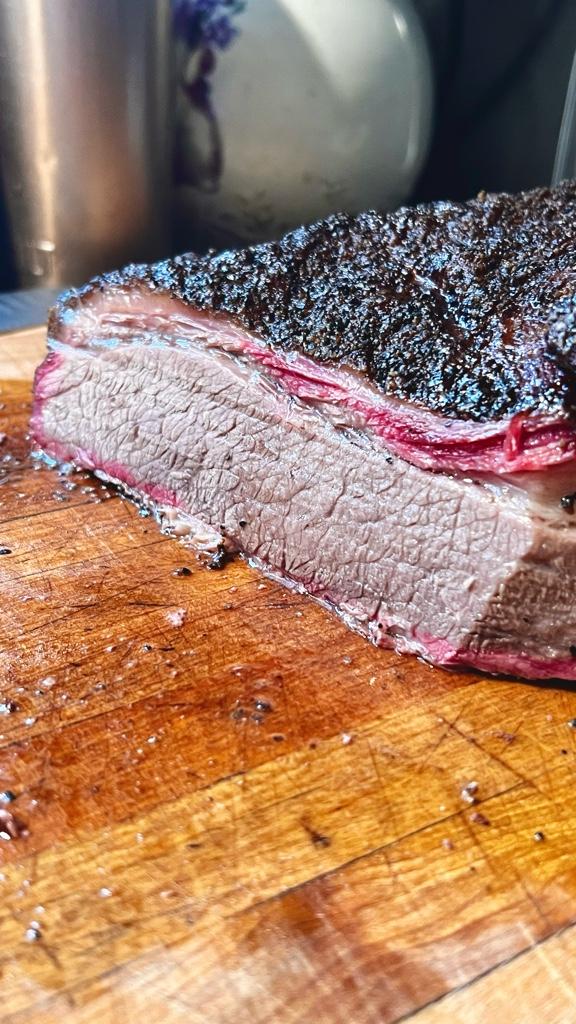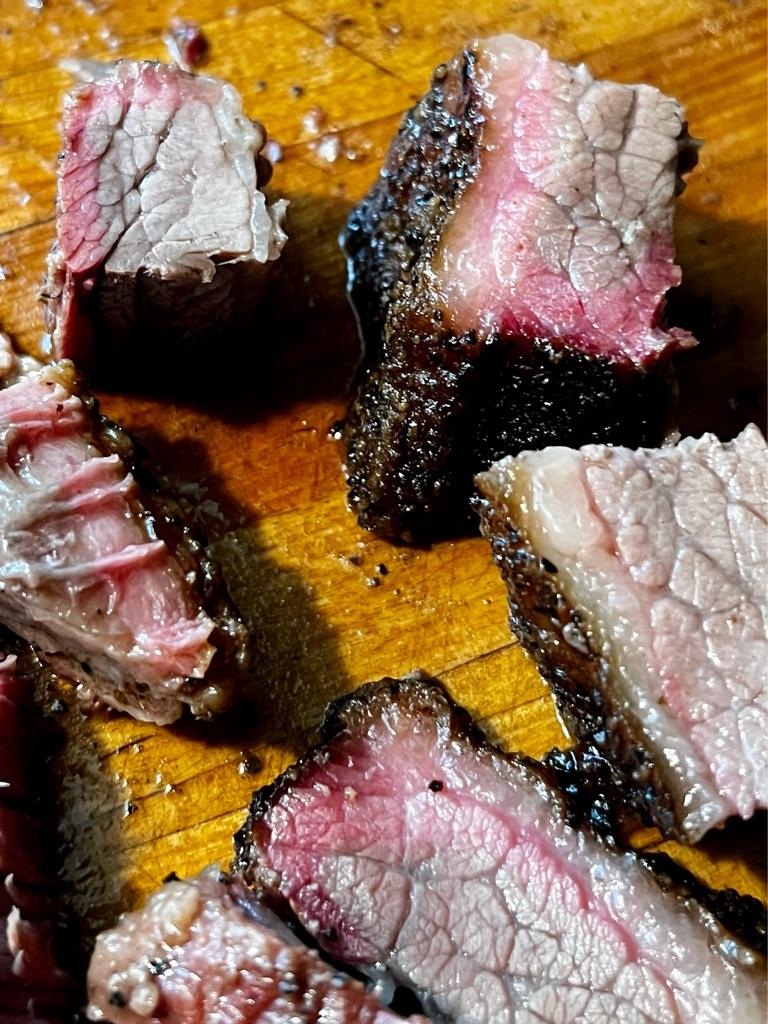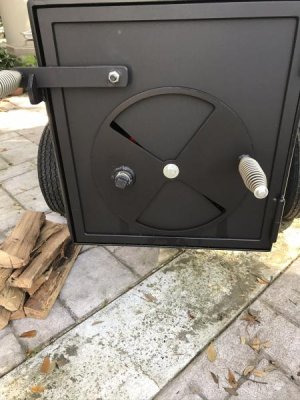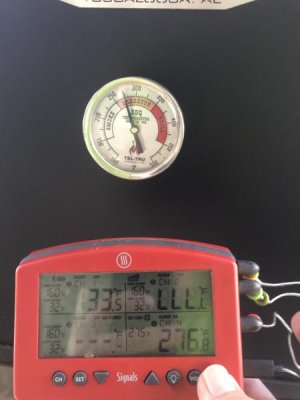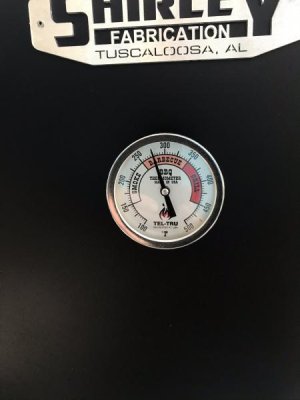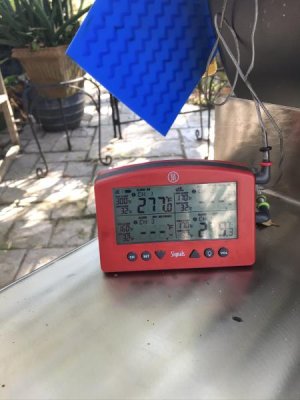Fsonicsmith
Knows what a fatty is.
- Joined
- May 1, 2014
- Location
- Columbus...
I love my Shirley Fabs Patio but there is no room for debate that the firebox is designed for smaller splits. Here in Central Ohio the wood suppliers I have found will not split the wood beyond eight to ten inch diameter splits.
I bought one of these cast iron manual wood splitters with the wedge and ring-
https://www.amazon.com/stores/Kindl...889A-D241-4984-AD68-5D1362D9C3AA?ref_=ast_bln
It is too much work and too many times the piece of wood won't quite fit in the ring on top or it becomes wedged within the ring and won't split.
So, I am in the market for a moderately priced wood splitter ($750 or less) that can handle a half cord or so of wood at a time. I buy the usual-apple, cherry, oak.
Any suggestions?
Right now I have my eye on this one https://www.amazon.com/gp/product/B09DFQV9FM/ref=ppx_yo_dt_b_asin_title_o00_s00?ie=UTF8&psc=1.
I bought one of these cast iron manual wood splitters with the wedge and ring-
https://www.amazon.com/stores/Kindl...889A-D241-4984-AD68-5D1362D9C3AA?ref_=ast_bln
It is too much work and too many times the piece of wood won't quite fit in the ring on top or it becomes wedged within the ring and won't split.
So, I am in the market for a moderately priced wood splitter ($750 or less) that can handle a half cord or so of wood at a time. I buy the usual-apple, cherry, oak.
Any suggestions?
Right now I have my eye on this one https://www.amazon.com/gp/product/B09DFQV9FM/ref=ppx_yo_dt_b_asin_title_o00_s00?ie=UTF8&psc=1.



